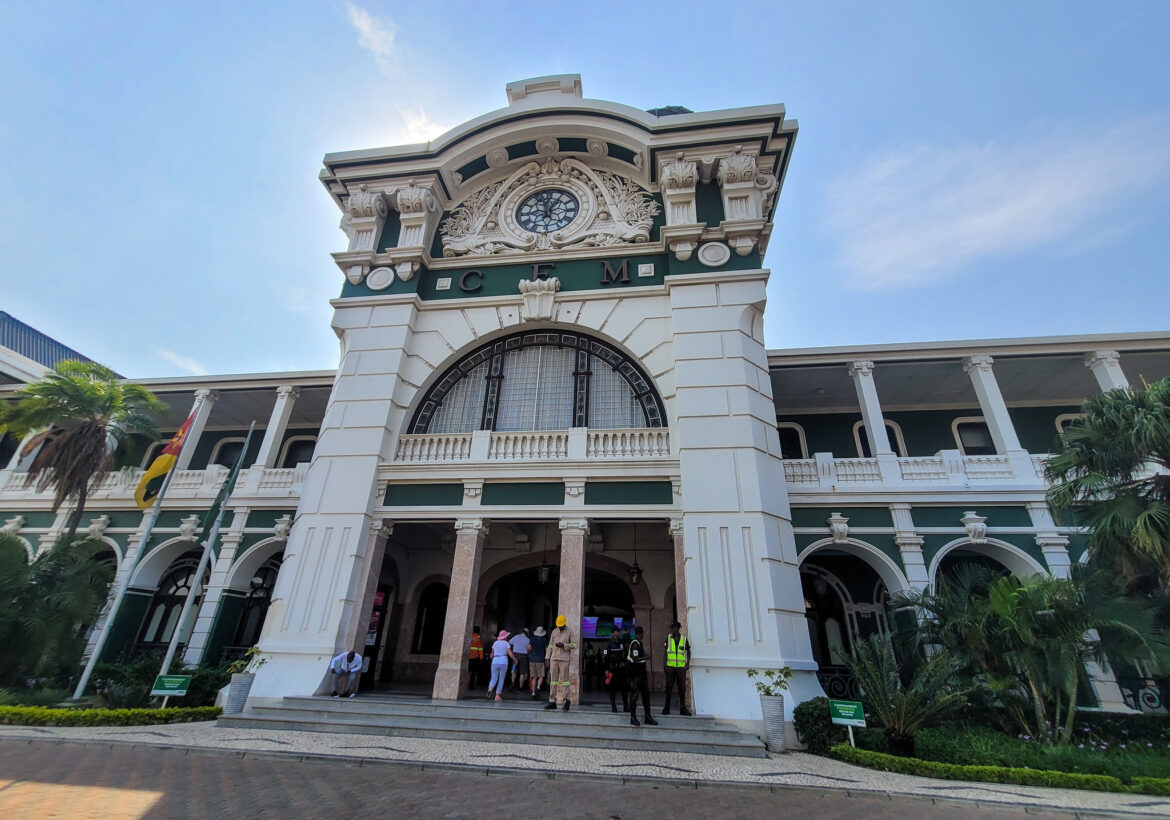As the “Pearl of the Indian Ocean,” Maputo is a wonderful port to explore. The best way to enjoy its streets lined by jacaranda and acacia trees is on a Maputo Mozambique walking tour. So, read on to learn more about what to see in this historic city.
About Maputo
As the capital city of Mozambique, Maputo was formerly known as Lourenco Marques, named after the Portuguese explorer who landed here in 1544. Maputo lies on the west side of Maputo Bay, near an estuary where the 4 rivers drain: Tembe, Mbuluzi, Infulene and Matola. Most of the city’s infrastructure became destroyed during the 30 years of war, during the Portuguese independent movement. Finally, a peace treaty was signed in 1992.
Maputo has multi-cultural influences, such as, Bantu, Portuguese, Arab and Indian. It’s known for eclectic architecture, such as, Portuguese colonial, Manueline, art deco, Brutalist and Bauhaus. Although not to over glamorize the city, as it is somewhat dilapidated. Maputo was the setting for many Hollywood movies, such as, Blood Diamonds and the Interpreter. The Maputo-Katembe bridge is a suspension bridge across Maputo Bay.
My Maputo Mozambique Walking Tour
As an Acupuncturist on a cruise ship, while in port, I took a Maputo walking tour. It was almost 100 degrees and our group held up, so this is an easy to moderate walk. From the cruise port we walked about 10 minutes to our first stop, the Maputo Fortress. This important landmark was originally built in 1792 by the Dutch from South Africa. Since then, it’s been destroyed and rebuilt many times.
Next, just a 10-minute walk from the fort was the Central Market built in 1900. It is a large, undercover market hall with dozens of stalls. I observed many interesting produce and handicrafts and purchased fresh cashews. Vendors showcased vibrant green and red peppers, both fresh and canned. Overall, wondering the market is a wonderful way to connect with the local culture and people.
From the market, we walked another 10 minutes to the Praca dos Trabalhadores (Worker’ Square).
The sculpture monument is across from the entrance to the train station. On the top of the monument a woman holds a snake. According to the legend, the snake lived under the trees around the square and bit those who rested underneath the acacia trees. The woman eventually killed the snake.
I found the Maputo Central Railway Station the most incredible landmark in Maputo. Its entrance is in front of the Workers’ Square. Some consider the Maputo Railway Station the most beautiful train station in the world. Built in 1910, it was designed by the engineer, Alfred de Lima in a Neoclassical Beaux-Arts style. Overall, it’s nicely painted in white and forest green with a customized, bronze dome. While the train station is open, trains infrequently run. We walked and explored inside near the nostalgic trains. Lastly, we went to the café onsite for the delicious pasteis de nata, a Portuguese custard tart.
There are numerous art galleries, street art and open-air exhibits in Maputo!
Other important cultural landmarks we missed:
Independence Square
Tundura Gardens with its Manueline Arch
Maputo City Hall
Samora Machel Statue
The Museum of Natural History
Enjoy Maputo!
Keeping in mind that this city underwent 30 years of war up until 1992, it’s doing wonderful. Even though there is obvious destruction, I sense a pride from the community that is hopeful. With the amazing historical gems and the creative vision for their future, Maputo is undergoing a metamorphosis. My walking tour just scratched the surface, and I hope to return. Please leave comments below if you have suggestions or tips on how best to enjoy Maputo.
Read Next!
20 Things to Do in Amazing Zanzibar
My Cape Town, South Africa Itinerary – Table Mountain, Penguins & Cape Point









